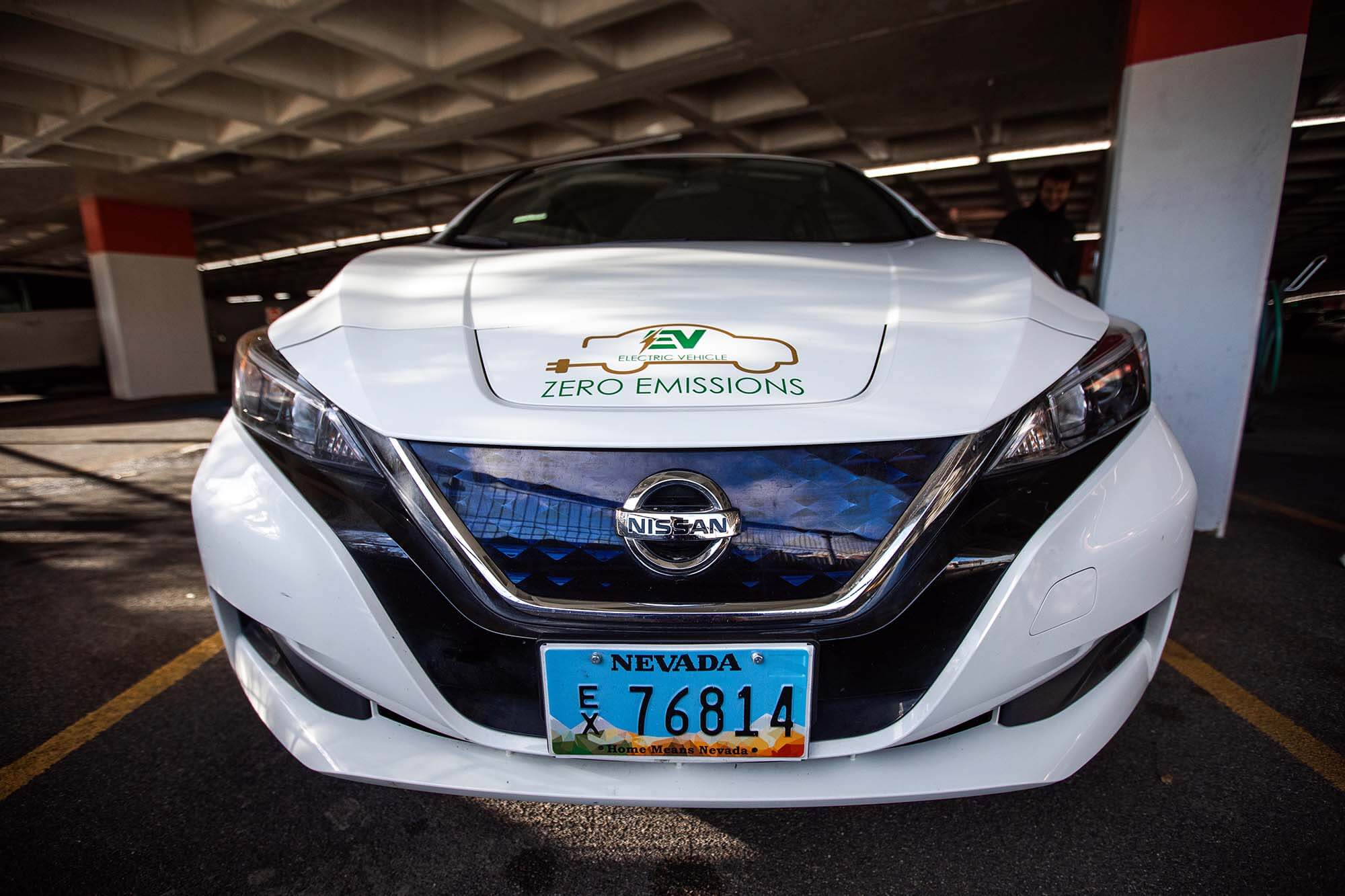Reno company tops the charts for invention aimed at reducing emissions.
On the eve of Earth Day, it’s good to know that one local company is making an important contribution to the environment — and gaining national attention. Helping organizations track their carbon footprints in a simple, near-real-time format has been the goal of the founders of Reno-based company nZero since its creation in 2017.
In fact, the platform has been so effective at helping industries — including government, agriculture, hospitality, digital infrastructure, and real estate investment trusts — manage and reduce their carbon emissions that it was recently recognized as one of Time magazine’s Best Inventions of 2022 for its accurate, 24/7 carbon accounting and emissions-tracking platform.
Headquartered in Reno, co-founders Josh Griffin, chief policy officer, and Josh Weber, executive chairman, designed nZero’s platform to make it simple for organizations to pinpoint opportunities within their operations to implement carbon-reduction actions, conduct analyses of their sustainability measures, and implement smarter spending along the way.
Unlike carbon-management services that rely on third-party data and general averages, nZero gathers 24/7 near-real-time, accurate, first-party data in a comprehensive digital format.
In 2021, leaders at the State of Nevada, City of Reno, and Washoe County signed on with nZero to track carbon emissions as part of their efforts to meet climate goals and to reduce greenhouse gas emissions by 28 percent from 2005 levels by the year 2025.
Washoe County and the City of Reno employees are focused on gathering real-time greenhouse gas emissions data for a wide range of buildings and services, including the operations of libraries, parks, public works, fire stations, and community centers, as well as management of fleets.
“The partnership with nZero saves cities countless hours of work through automation of data that encompasses all operations, providing priceless insights and actionable next steps in order to meet climate goals on time, if not earlier,” Griffin says.

To date, efforts have resulted in leaders at the State of Nevada, Washoe County, and City of Reno being able to set effective and achievable climate goals for the future and accurately share their climate data with residents through a public portal highlighting their findings.
For example, city employees completed solar installations on various buildings to align with their goal of increasing renewable energy generation 15 percent by 2025. The data provided by nZero enabled City of Reno leaders to apply for and receive Leadership in Energy and Environmental Design Gold status for the first time.
Nevadans in the agriculture industry in Nevada also are using nZero’s platform to reduce their carbon emissions. The team at nZero has partnered with ethanol processors to understand the carbon intensity (the amount of carbon dioxide per unit of energy consumed) of their corn producers.
According to nZero, participating farmers share standardized data around crop types, management practices, locations, and more, which is then aggregated and restructured to reveal the carbon intensity, or CI, per bushel. This gives the processor the ability to intentionally source reduced-CI grain, which lowers emissions outside its own operations and, ultimately, the CI of their ethanol. Understanding CI enables growers to evolve their farming practices to lower their carbon footprint.
Numerous industries can benefit from nZero’s platform to ensure meaningful change in their communities. In Reno, the platform is being used at more than 300 sites in many industries. They use the platform to reduce their environmental impact and submit data to the public portal.
If you’re interested in viewing local climate goals, emission reduction initiatives, and results to date, visit the City of Reno’s public portal at Public.nzero.com/reno or Washoe County’s public portal at Public.nzero.com/washoe.
Kymberly Drake is a Reno-based freelance writer with endless curiosity about food and drink and the sources that help bring it to our tables.


